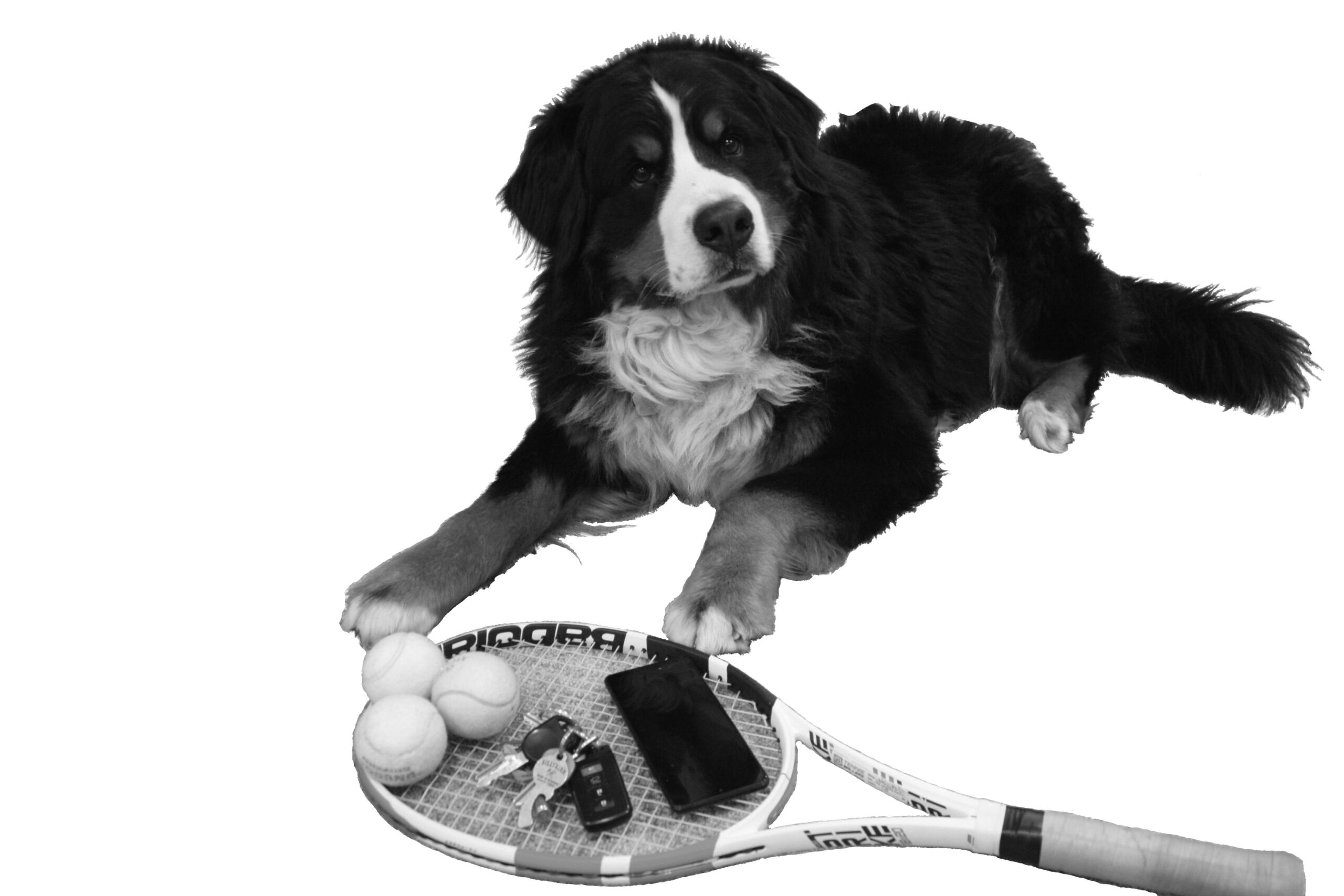As an Amazon Associate, Ultimatetennisgear earns from qualifying purchases. This post contains links which generate commission at no cost to you if you purchase through the link. Find out more about affiliate links here.
Smart phones are the ultimate double edged sword…. they offer a world of convenience, but also keep us shackled to jobs and constantly engaged in the soul-sucking world of social media. However, on the tennis court, they can be a fantastic way to record and improve your game, as long as you don’t mind seeing yourself as those around you do. Welcome to your personal horror show!
Press record and you’ll inevitably create a comedy classic, an unsettling mash-up of basic errors that you could swear you had left behind years ago. Such viewing isn’t for the faint-hearted, but an honest appraisal of your game can turn a slow tennis evolution into a revolution. So take a deep breath, set up your camera, and record a decent number of forehands, backhands and serves. Position the camera to give a side-on view, as this will reveal the most information, but also try to include some shots viewed from behind, as this can also be revealing and shocking in equal measures.
Now comes the fun part: making sense of the madness flashing across your screen. At this point, it can be useful to head to YouTube and pull up a video showcasing professional players in slow-motion. Remember that ATP players (men) tend to have a slightly different technique to WTA players (women), so choose your viewing accordingly. Also keep in mind that some players have techniques that are not suitable for the casual player to copy – Nadal is a great example of this: his strokes have been honed to produce huge topspin on clay and require great timing and physicality that, lets be honest, are way beyond the average weekend warrior’s limited tool kit.
So what should you look for? There are thousands of coaching videos, some of which are excellent, but they often tend to revolve around one particular revelation, or the classic ‘three ways to a killer forehand’ click-bait. The first thing is to concentrate on the basics – mess up the foundation and no amount of flashy technique will save you. Your journey will culminate in the tennis equivalent of a pig wearing lipstick.
Some things to watch out for:
- What grip are you using? Are you holding the racquet in a death grip, or are you gripping it gently to allow proper wrist movement?
- How are you standing in relation to the oncoming ball?
- How are you taking the racquet back – does your stroke start with the racquet held at head height or above? Do you keep your non-dominant hand on the racquet as you prepare, ensuring that your body rotates?
- What path does your racquet take during the shot. Does the racquet butt-cap face your opponent during the initial part of the swing?
- Do you hit the ball slightly out in front of your body?
- How do you finish the swing? Follow through is vital
- Do you move your body into the stroke, pushing forwards towards your opponent to add momentum to the shot?
By now you probably have a list of things to consider next time you hit the courts. Stop! Don’t try to change everything at once. Focus on one or two things. Perhaps start with the take-back and rotating the body. Practice in front of a mirror so that you can learn how the correct shot feels without the distraction of a ball hurtling towards you.
When you go on court, take a basket of balls and practice hitting on your own, preferably at a time when there’s no audience. Focus on one thing, take your time, and don’t expect to turn into Roger Federer in half an hour. Even Roger took years to become Federer, and he still practices for hours each day. Remember that you have to unlearn your incorrect technique and then commit a completely new set of actions to muscle memory – it takes time….. and patience.
When you’re ready to record yourself playing, these products can be really useful:
Balancing your phone on a kit bag or item of clothing is an exercise in frustration. Instead, try a magnetic phone holder – tennis courts have plenty of surfaces that it will stick to, such as net posts, and you can adjust the angle easily.
A tripod is probably the most flexible way to mount a smartphone, allowing all court positioning and various heights and angles. This model comes with a remote control, so you don’t have endless video footage of you walking to and from the camera.
A third option for mounting a smartphone is a dedicated holder that attaches to wire netting. This gives an ideal location for recording an entire game.

